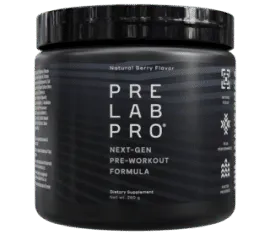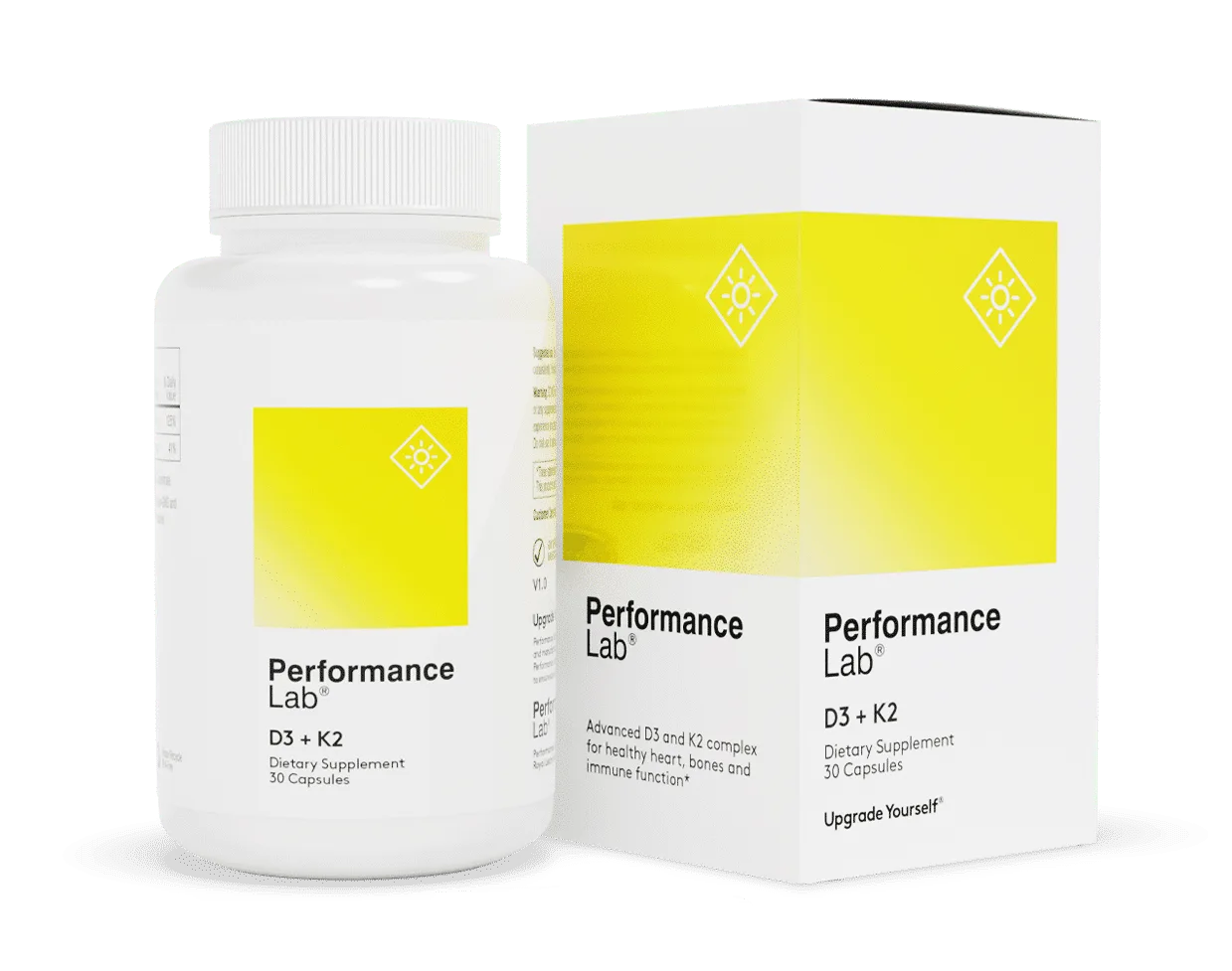Ever wondered if plunging into an ice bath after running is a good idea? I’ve heard the buzz around its benefits, and I’m here to dive into the cold, hard facts.
Spoiler alert: it’s not just for elite athletes! While it might seem extreme, there’s evidence suggesting that ice baths can reduce muscle soreness and speed up recovery.
But before you fill up the tub with ice, let’s explore why it might be worth considering after your next run.
Keep reading to find out how an ice bath could be a game-changer for your post-run routine.
The Science Behind Ice Baths
When I discuss the benefits of ice baths, I often emphasize the physiological processes at work. Immersing oneself in cold water after a strenuous run is thought to constrict blood vessels and decrease metabolic activity, reducing swelling and tissue breakdown.
Upon exiting the ice bath, the underlying tissues warm up, causing a return of faster blood flow, which helps to return the byproducts of cellular breakdown to the lymph system for efficient recycling by the body.
Many advocates for post-run ice baths refer to the process of vasoconstriction. This is the narrowing of blood vessels, which effectively reduces blood flow to the area and can help in decreasing inflammation. Let me break down some of the key data points collected over recent years:
- Temperature range: Typically, ice bath temperatures are between 12-15°C (53.6-59°F).
- Duration: A common duration for an ice bath is 10-15 minutes, striking a balance between exposure and comfort.
- Frequency: Athletes often soak in ice baths 1-2 times per week after intense workout sessions.
| Key Aspect | Optimal Range |
|---|---|
| Temperature | 12-15°C (53.6-59°F) |
| Duration | 10-15 minutes |
| Frequency | 1-2 times per week |
Research indicates that cold therapy can help to diminish muscle soreness after exercise, potentially aiding in a faster recovery.
However, not all studies agree on the extent of its effectiveness. While some point to ice baths fostering quicker recovery times, others suggest that the placebo effect may play a significant part in the perceived benefits.
On top of these points, it’s necessary to consider individual responses to cold exposure. Personal experiences vary greatly, and what works for one runner may not suit another.
Genetics, body composition, and adaptation levels to cold exposure can all influence how effective an ice bath is for recovery.
Boost strength and endurance with smooth, clean energy fuel. Unleash beast mode workouts now with Pre Lab Pro – satisfaction guaranteed!
Benefits of Taking an Ice Bath After Running
After a grueling run, my muscles are often screaming for some form of relief. That’s where an ice bath steps in.
Submerging my tired limbs in icy water may sound like a challenge, but muscle recovery and inflammation reduction are compelling reasons to grit my teeth and take the plunge.
When I take an ice bath, the cold environment causes vasoconstriction, the constriction of blood vessels. This reaction decreases metabolic activity, which lessens tissue breakdown and reduces swelling.
Once I’m out of the bath and my body begins to warm up, the underlying tissues experience vasodilation, or widening of blood vessels, resulting in a “flush” effect. This rush of blood accelerates the circulation of healthy, nutrient-rich blood to my muscles.
Exercise-induced muscle damage (EIMD) results in soreness that can impede my performance in subsequent workouts. Ice baths have been known to numb my nerve endings, offering immediate pain relief.
The sensation is akin to applying a local anesthetic to a tender area – it’s a temporary reprieve that allows me a level of comfort post-run.
Here is a snapshot of the temperature and duration that I find optimal based on anecdotal evidence and scientific research:
| Temperature Range (°F) | Duration (Minutes) |
|---|---|
| 50 – 59 | 10 – 15 |
It’s not just about the immediate effects, though. Regularly incorporating ice baths into my recovery routine may encourage long-term adaptations. These adaptations could potentially lead to improved overall performance and a hardier resilience to muscle soreness.
Beyond the physical benefits, there’s also a psychological aspect to ice baths. The shock to my system jolts me into a heightened state of alertness.
The initial discomfort soon gives way to what many describe as a refreshing and invigorating feeling. It’s this kind of post-ice bath clarity that often leaves me feeling more focused and mentally prepared for the rest of the day.
Lastly, the practice can instill a sort of mental fortitude. Overcoming the initial reluctance to step into icy water develops a discipline that transcends into other areas of my life, whether it’s tackling challenging tasks or facing unpleasant situations head-on.
Drawbacks and Risks of Ice Baths
While I’ve seen many runners swear by the positive effects of ice baths, there are also potential drawbacks and risks that are crucial to consider before plunging into chilly waters.
One significant risk is hypothermia, especially if the water is too cold or the immersion lasts for an extended period. Anything below 55°F can increase this risk, and I’ve learned to advise people never to exceed a 10- to 15-minute immersion.
Additionally, ice baths aren’t recommended for everyone. Individuals with cardiovascular conditions or poor circulation should steer clear of this recovery method, as the intense cold can provoke cardiovascular stress.
For those with nerve conditions, like peripheral neuropathy, ice baths might exacerbate symptoms.
Ice baths can also have a counterproductive effect when it comes to muscle strength gains. Research suggests that while they infamously reduce inflammation, this same inflammation is part of the muscle repair and strengthening process. Therefore, reducing inflammation excessively could impede muscle adaptation and long-term strength development.
The potential for an ice bath to shock the system is real, too. I always remind my readers to enter the ice bath gradually to allow their body time to adjust to the temperature shock.
Plunging in too quickly might cause an involuntary gasp or shock response, which can be dangerous if one’s head goes underwater unexpectedly.
For those considering ice baths, it’s also important to mention the risks associated with shared ice baths or facilities.
Despite the cold environment, bacterial and viral infections can be transmitted if proper hygiene isn’t maintained.
- Monitor temperature and duration closely
- Consult a doctor if you have heart or nerve conditions
- Consider the impact on muscle adaptation and strength gains
- Gradually acclimate to the cold to avoid shock
- Understand the hygiene implications of shared facilities
Staying informed about both the potential benefits and risks ensures that if you choose to incorporate ice baths into your recovery routine, you’re doing so safely and effectively.
I’m always on the lookout for the latest insights and advice, and I make it a point to update my recommendations as new research and experiences come to light.
Alternatives to Ice Baths for Recovery
When I’m looking for ways to accelerate recovery after a run, I often consider alternatives to ice baths that can be just as effective and far more appealing on a chilly morning.
Methods such as active recovery, foam rolling, compression therapy, and nutrition-based recovery each offer unique benefits that can enhance my post-run routine.
Active Recovery
Active recovery generally involves light physical activity. I use it after strenuous workouts to boost circulation, which helps clear lactic acid and reduce muscle soreness.
Activities like walking, cycling at a low intensity, or a gentle yoga session not only aid in recovery but also keep me moving, which I find invaluable for maintaining flexibility and overall well-being.
Foam Rolling
Incorporating foam rolling into my recovery routine is another highly beneficial tactic. It serves as a form of self-myofascial release, easing any tightness in the muscles and improving blood flow.
By spending a few minutes rolling out my legs, I alleviate tight spots and speed up recovery, which allows me to prepare for my next run more effectively.
Compression Therapy
Compression therapy uses specialized garments, often socks or sleeves, designed to apply consistent pressure to the limbs. This constant pressure can boost circulation, reducing swelling and muscle fatigue.
I sometimes wear compression gear after a tough run or even overnight to help my muscles recover faster.
Proper Nutrition and Hydration
Lastly, I never underestimate the power of proper nutrition and hydration for recovery. Refueling with a balanced combination of proteins, carbohydrates, and fats, alongside replenishing lost fluids, is crucial for muscle repair and recovery.
A well-timed snack or meal after my run can make a significant difference in how quickly I bounce back.
Each of these alternatives plays a role in my recovery strategy, and I often combine them depending on my specific needs for the day.
While ice baths have their place, these methods provide a welcoming change that can be just as effective in alleviating post-run fatigue and soreness.
Can’t catch the sunshine all year round? Here’s your perfect solution – increase your intake of Vitamin D3 and K2 seamlessly with this dynamic duo.
Tips for Taking an Effective Ice Bath
When it comes to taking an ice bath, I’ve found that timing is crucial. Dive in within 20 to 30 minutes post-run to make the most of the inflammation-reducing benefits.
An integral part of the process is ensuring the water temperature isn’t too severe. Aim for an ice bath that’s between 50-59 degrees Fahrenheit. This range is effective without being overwhelmingly cold.
As I prepare for the plunge, I always remember to wear something to protect my toes and fingers—areas that can sting with discomfort in cold conditions.
Neoprene booties and gloves are great options. To manage the overall experience, I limit ice bath sessions to 10-15 minutes. Longer exposure doesn’t significantly increase benefit and could potentially cause harm.
Here are a few practical steps I’ve always found helpful:
- Fill the bathtub with cold water before adding ice. This approach helps me acclimate gradually.
- Add ice until the desired temperature is reached, using a thermometer to monitor.
- Keep a warm beverage at hand to maintain a comfortable body temperature.
- Use distractions like music or a book to occupy my mind and ease the initial shock.
- Focus on deep, slow breathing to help my body relax in the cold environment.
I prioritize safeguarding skin by avoiding direct contact between ice and skin. Simply put, ice baths are a tool, and like any recovery method, they require proper technique. The following table highlights the key steps to take:
| Step | Description |
|---|---|
| Check Water Temperature | Ensure it’s between 50-59 degrees Fahrenheit. |
| Wear Protective Gear | Use booties and gloves for toes and fingers. |
| Time Your Session | 10-15 minutes is the sweet spot. |
| Prepare for a Gradual Start | Cold water first, then add ice. |
| Maintain Core Temperature | Keep a warm drink nearby during the bath. |
| Distract Yourself | Music or reading can make the time pass easily. |
| Breathe Deeply | Deep breathing aids in relaxation. |
By following these steps, I’ve consistently used ice baths not just as a recovery ritual but as a catalyst for improved performance in my subsequent runs. It’s about understanding and applying the technique that works best for my body.
Reignite your inner fire – feed your cells pure energy to optimize performance. Unlock your potential with nature’s vitality boost.
Should You Take An Ice Bath After Running? – Final Thoughts
Deciding to take an ice bath after a run is a personal choice that should be made with a clear understanding of your body’s response to cold therapy.
Armed with the tips I’ve shared, you’re now equipped to give it a try in the safest, most effective way possible.
Remember, it’s all about finding what recovery techniques work best for you. Whether you’re looking to reduce inflammation, speed up recovery, or simply challenge yourself, an ice bath might just be the refreshing ritual you need to add to your post-run routine.
Keep in mind the importance of timing, temperature, and comfort, and you’re likely to reap the benefits of this cool recovery method. Happy chilling!







Leave a Reply